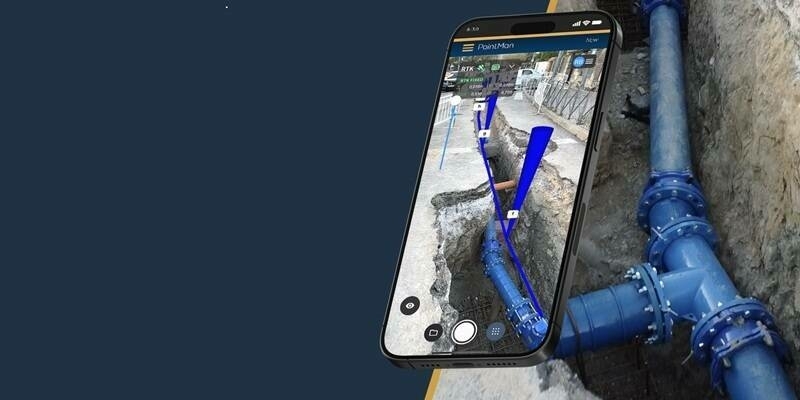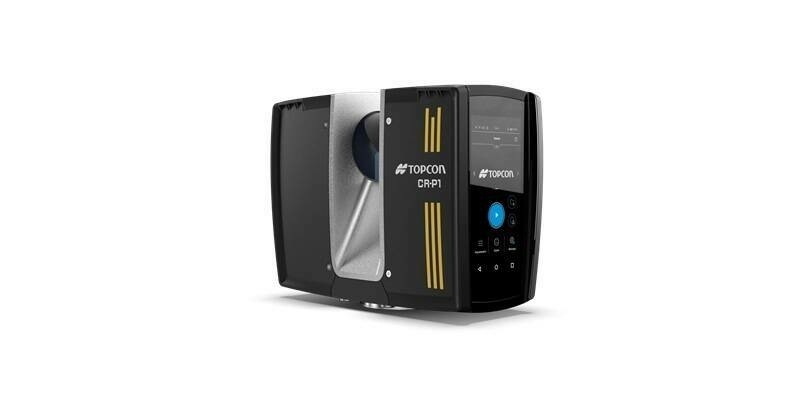Thirty years ago, on 17 July 1991, at exactly 03:46 (CEST), an Ariane 4 launch vehicle took off into space with the Earth observation satellite ERS-1 of the European Space Agency (ESA).
The abbreviation stands for European Remote-Sensing Satellite and the "1" marks it as the first of its kind. ERS-1 is the ancestor of all modern European Earth observation satellites. The ERS-1 mission marks both the beginning of ESA's modern Earth observation and the start of a long and successful remote sensing history for Airbus' space division.
Weighing 2.4 tonnes, ERS-1 was developed and built under the leadership of what is now Airbus Defence and Space by an industrial consortium of more than 50 companies in 14 countries. It was the most advanced and complex satellite of its time and the first European satellite to feature a radar system and microwave instrumentation for measurements and imaging over sea and land. This made it possible for the first time to observe areas of the Earth that often elude the view of satellites due to frequent cloud or fog.
At the heart of the ERS-1, which orbited the Earth at an altitude of 785 km on a polar orbit, was a radar that operated at a wavelength of 5.7 cm (corresponding to a frequency of 5.3 GHz in the so-called C-band). During each orbit, the beam scanned a 4000 km-long and 100 km-wide strip on the Earth's surface. From this, images with a resolution of 30 metres were created.
Subscribe to our newsletter
Stay updated on the latest technology, innovation product arrivals and exciting offers to your inbox.
Newsletter

